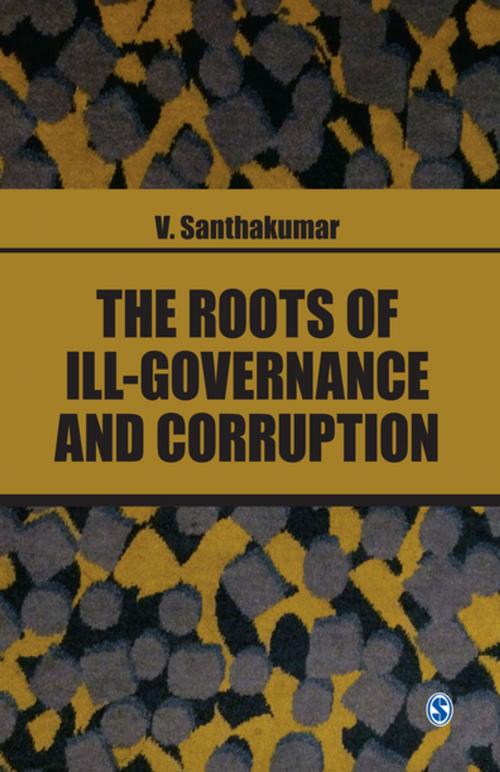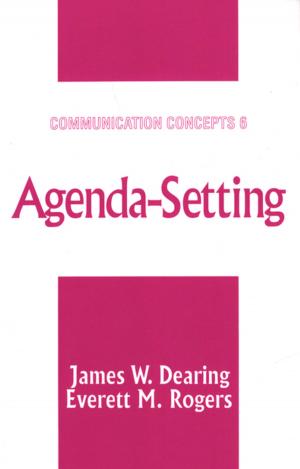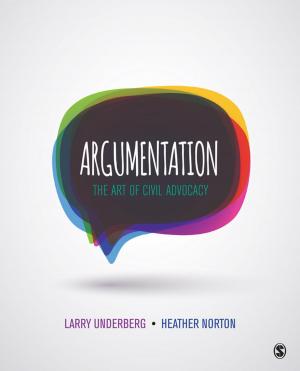| Author: | V. Santhakumar | ISBN: | 9789351504757 |
| Publisher: | SAGE Publications | Publication: | December 3, 2014 |
| Imprint: | Sage Publications Pvt. Ltd | Language: | English |
| Author: | V. Santhakumar |
| ISBN: | 9789351504757 |
| Publisher: | SAGE Publications |
| Publication: | December 3, 2014 |
| Imprint: | Sage Publications Pvt. Ltd |
| Language: | English |
This book provides a comprehensive assessment of the motivation behind corruption and ill-governance in countries, such as India. It presents a sound theoretical structure outlining the journey through various phases of elitism, counter-elitism, competitive populism, and, finally, good governance.
The political willingness to bring in good governance, the book argues, depends on the electoral importance of the middle classes. Ironically, however, such a middle class emerges out of the policies of distributing private goods, including education, facilitated through counter-elite capture and competitive populism.
This book emphasises that despite the emergence of the middle class in India as a whole, during the last two decades, their percentage and role in many states are currently limited. The continuation of high levels of ill-governance and corruption is explained here in terms of the role they play in shaping the central government, and also many state governments in India.
This book provides a comprehensive assessment of the motivation behind corruption and ill-governance in countries, such as India. It presents a sound theoretical structure outlining the journey through various phases of elitism, counter-elitism, competitive populism, and, finally, good governance.
The political willingness to bring in good governance, the book argues, depends on the electoral importance of the middle classes. Ironically, however, such a middle class emerges out of the policies of distributing private goods, including education, facilitated through counter-elite capture and competitive populism.
This book emphasises that despite the emergence of the middle class in India as a whole, during the last two decades, their percentage and role in many states are currently limited. The continuation of high levels of ill-governance and corruption is explained here in terms of the role they play in shaping the central government, and also many state governments in India.















